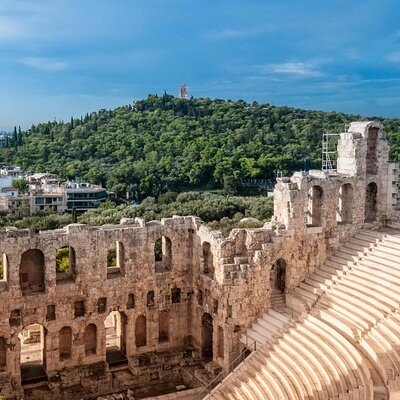With the Mediterranean’s longest coastline, a forested interior, ancient cities, time-capsule villages, and roughly 6,000 islands, Greece offers all things to everyone. History and sightseeing buffs love Athens’ Acropolis temples and museums, Meteora’s rock monasteries, and the antiquities of Delphi, Olympia, and Crete’s Palace of Knossos. But some of the best things to do in Greece involve slo-mo activities, be they on the mainland or islands. Laze on sandy and pebble bays, sunset-watch over Santorini’s caldera, explore the whitewashed villages of Mykonos or Rhodes, and linger at harborside tavernas.

























































